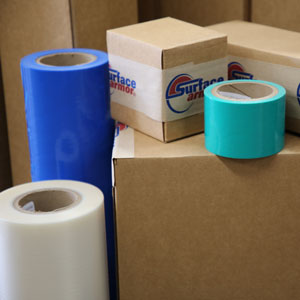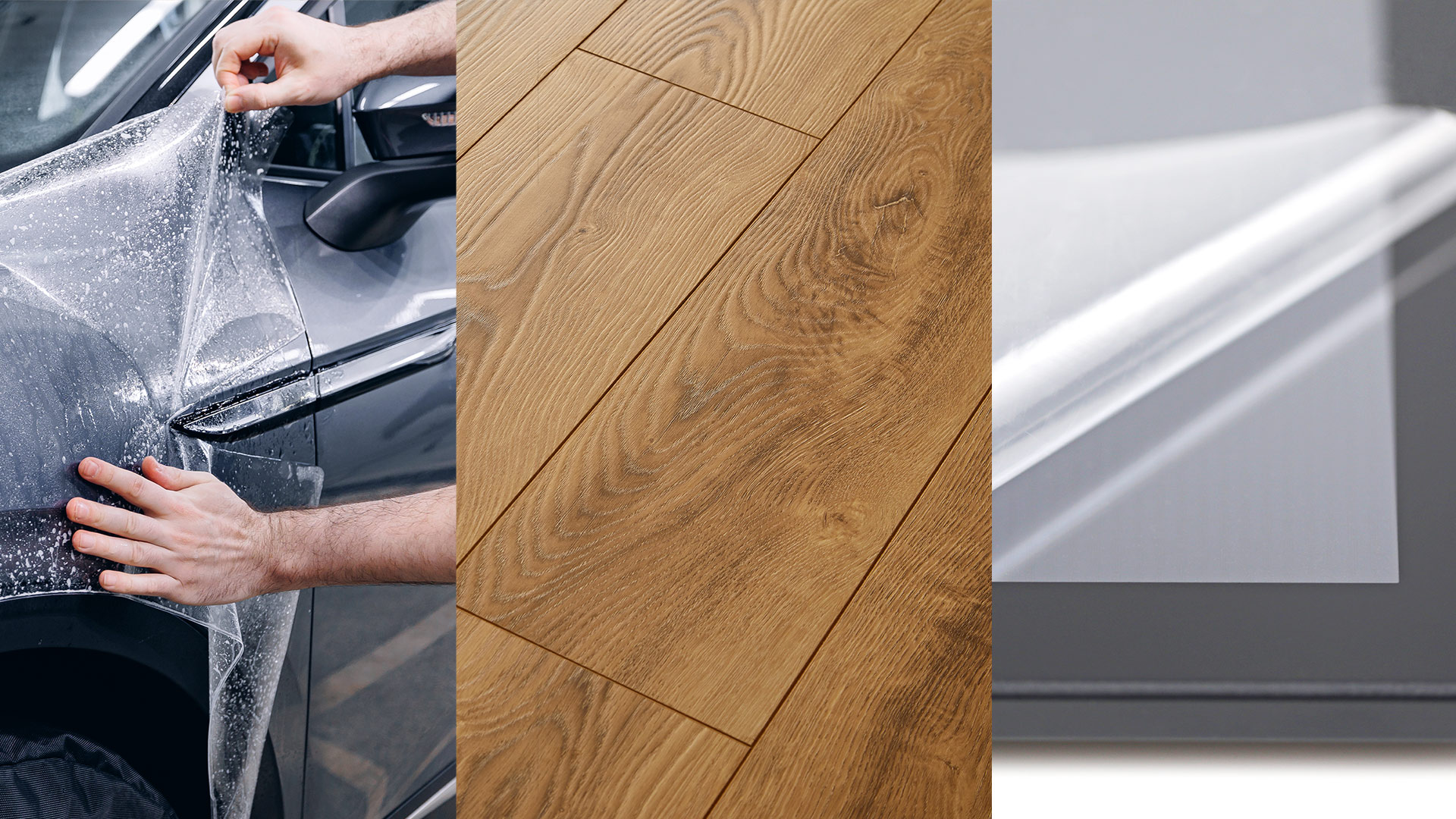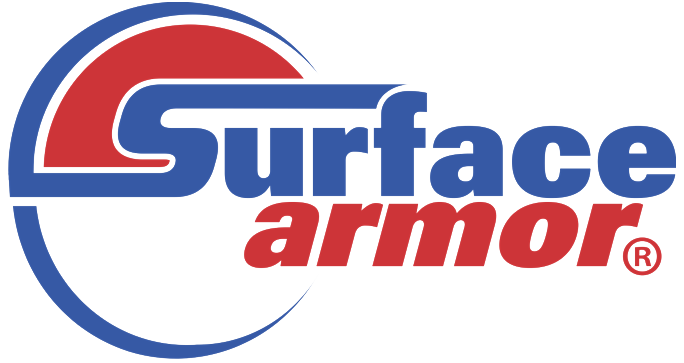General Surfaces

Samples for your application
Request a quote or free sample
Call us
888.753.3037
General Surface Protective Film Suppliers
Surface Armor is a protective film supplier that offers protective film and tape products for a wide range of applications. Whether you need EDS antistatic protection, or protection film for plastic, vinyl, or hardwood for hardwood floors, MDF, wood veneer, automotive surfaces, circuit boards, or nearly any other type of surface, we likely have a protective film that meets your needs.
There are numerous situations where surface protection film is essential. Surfaces can be damaged during:
|
|
Our protective film supplies can help you keep your products or flooring looking like new, maintaining their value and saving you money on repairs or replacements.

Types of Surface Protection Film
Choosing the right protective film for your particular surface and application is important. If your surface material is not listed on this page – or on our pages for metal, plastic, glass, laminate or stone surfaces – that does not necessarily mean that we do not have a film that will work for your application. If you are looking for a protective film supplier, or have a surface to protect and are not certain what type of film is needed, we would be happy to send you a range of free samples to test.

Types of Plastic Protection Films
Adhesive Type
This is the product identification number of the adhesive used to attach the protective film to the surface.
Tack
Measured in ounces per lateral inch, this defines the amount of adhesive used and the resulting “stickiness” of the protective film. Because there are many variables at play, the tack level of most adhesives will be expressed as a range of values rather than a single, specific measurement.
Film/Paper
This indicates the type of plastic or paper that the film is made of.
Why Surface Armor
Custom to You
The right film, adhesive, width, length, and perforation that fits. your exact needs
Quick Ship
Most orders ship within
2 days
Just in Time Quantities
You won’t need to order a lifetime supply.
1,200 sq ft order minimums
Get FREE Samples Today
Contact us now and we will ship you a free sample to test
Learn more about our process
Surface Armor protective film supplier that has been proud to provide custom temporary surface protection product solutions that protect the products of customers in numerous industries since 2005. Don’t put your product at risk by shipping it without Surface Armor protective film! Contact us today.
